
Not everything on a Chinese restaurant menu is truly authentic. While the lineup may be full of familiar comfort foods, some dishes aren’t even Chinese—or worse, they’re watered-down versions made for Western tastes. If you’re craving real flavor, here are 10 dishes you might want to skip next time.
Tso’s Chicken
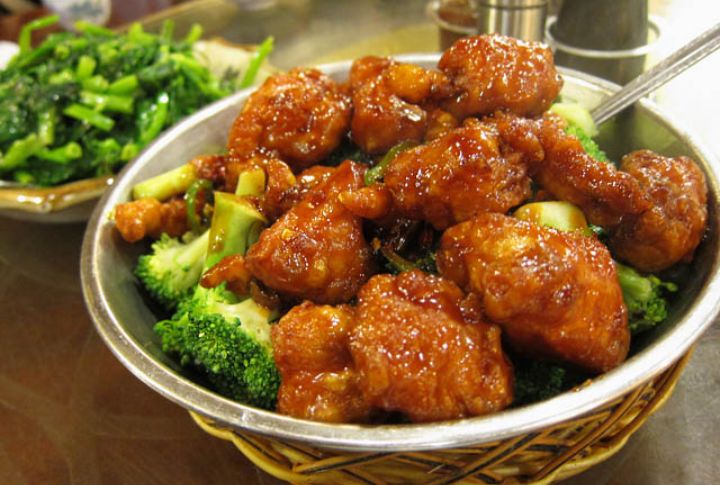
Despite its popularity, General Tso’s Chicken has virtually no presence in China. It was invented in the 1970s by Chinese-American chefs catering to local diners looking for something sweet and non-threatening. Typically made with heavily battered chicken chunks, it’s drenched in a sugary sauce that masks any subtlety.
Crab Rangoon
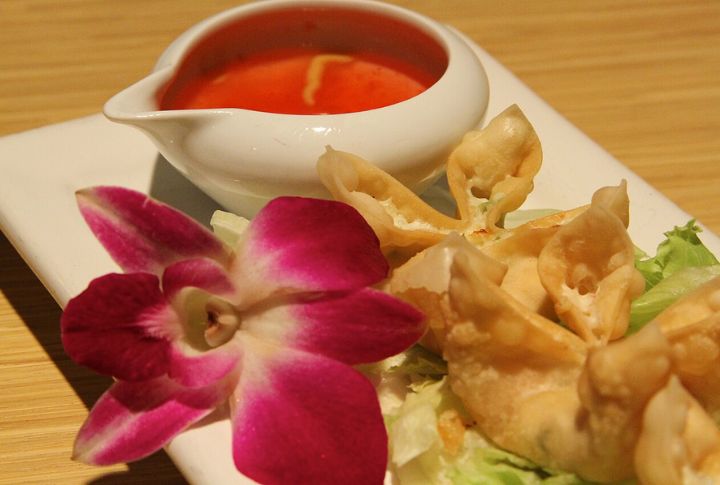
This appetizer may be a nostalgic favorite, but it’s a culinary oddity with little to no connection to Chinese food. Made with cream cheese and imitation crab meat, crab rangoon is more akin to a deep-fried American snack than an Asian delicacy.
Sweet And Sour Pork
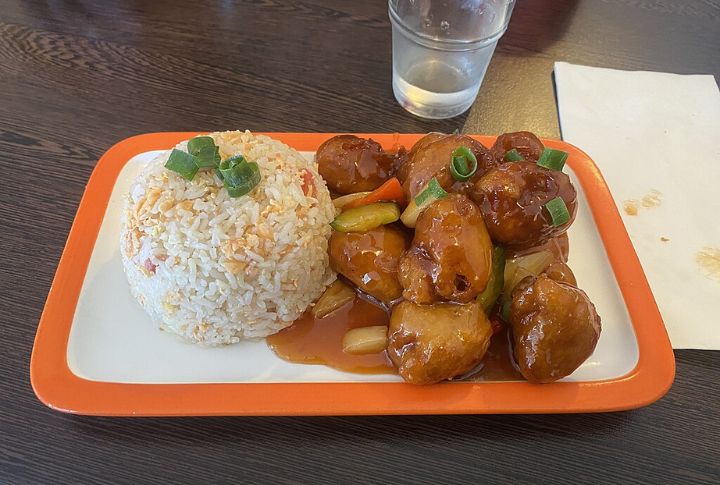
This dish is notorious for its artificial appearance and cloying flavor profile. The sauce is a blend of vinegar and food coloring, not something you’d find in a traditional Chinese kitchen. Although the sweet and sour flavor combination is used in Chinese cuisine, the Americanized version is exaggerated to the point of parody.
Egg Foo Young
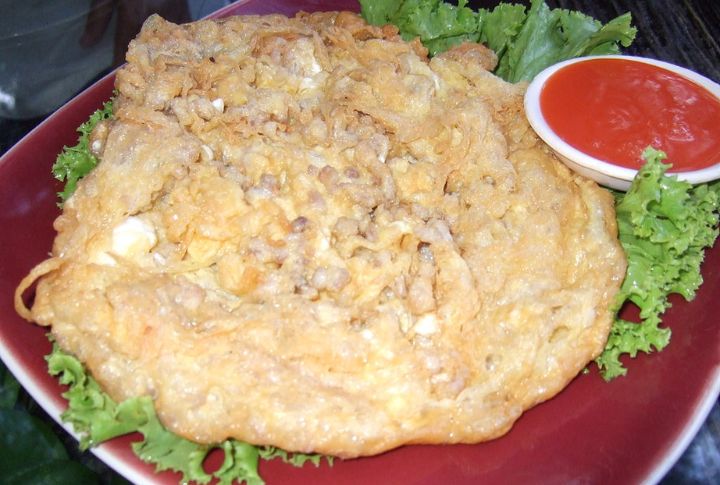
Egg foo young is usually described as a Chinese-style omelet, yet its connection to genuine Chinese cooking is tenuous at best. While it may have roots in Cantonese egg dishes, the gravy-smothered version served in many Western establishments bears little resemblance to anything you’d find in Guangdong.
Fried Wonton Appetizers
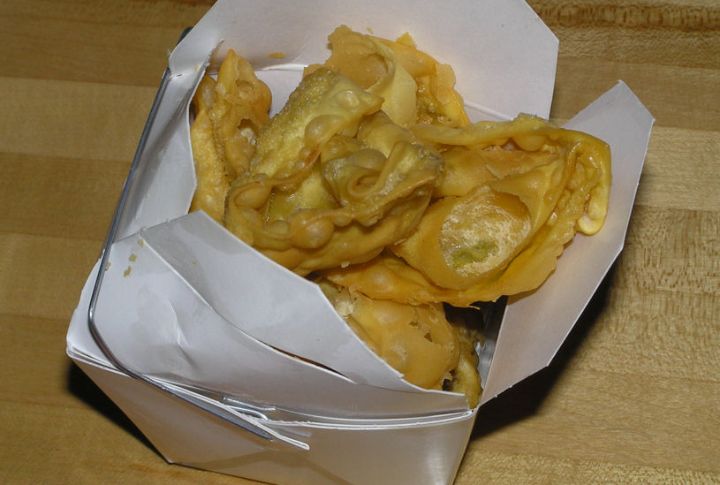
Wontons themselves are deeply traditional, especially in Sichuan and Cantonese regions, where they are served in broth or gently boiled with flavorful pork or shrimp fillings. However, the deep-fried version, served with a bright red dipping sauce, is an American invention. Even worse, some versions include cream cheese or heavily seasoned ground chicken.
Beef And Broccoli
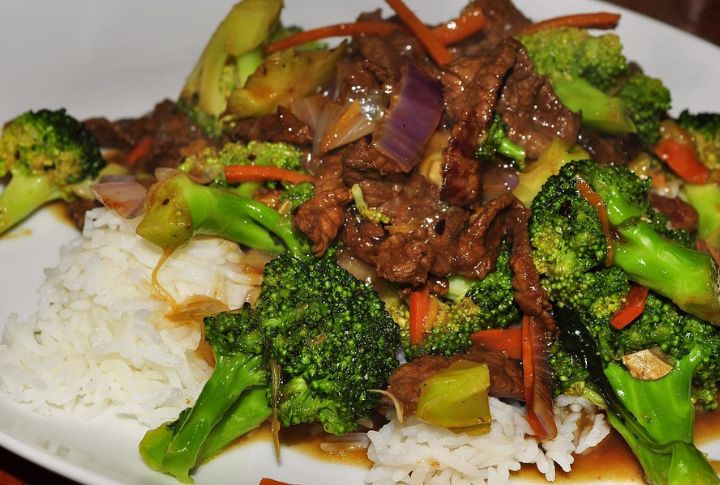
Though it’s a reliable comfort order for many, beef and broccoli is more Western than Chinese, primarily due to its ingredients and method of preparation. Broccoli, specifically the Calabrese variety used in the U.S., is not native to China; Chinese cooking traditionally uses gai lan.
Lo Mein Noodles
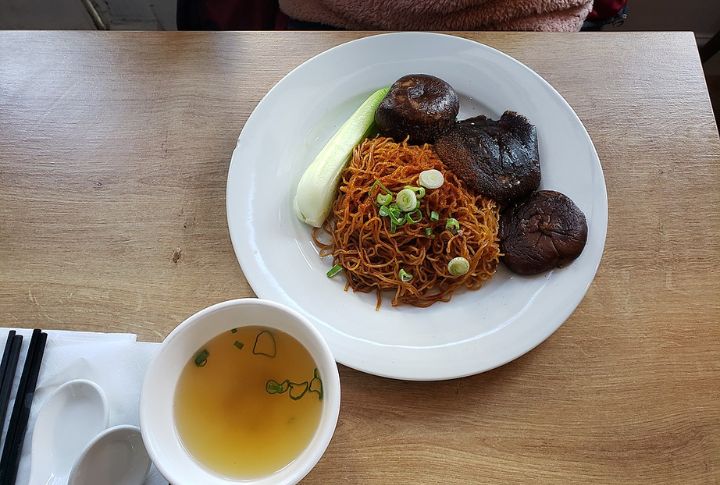
Lo mein is frequently treated like a catch-all noodle dish, which means it often ends up as a greasy pile of overcooked wheat noodles slicked in soy sauce and oil. The vegetables tend to be oversteamed or soggy, while the protein is minimal or bland.
Orange Chicken
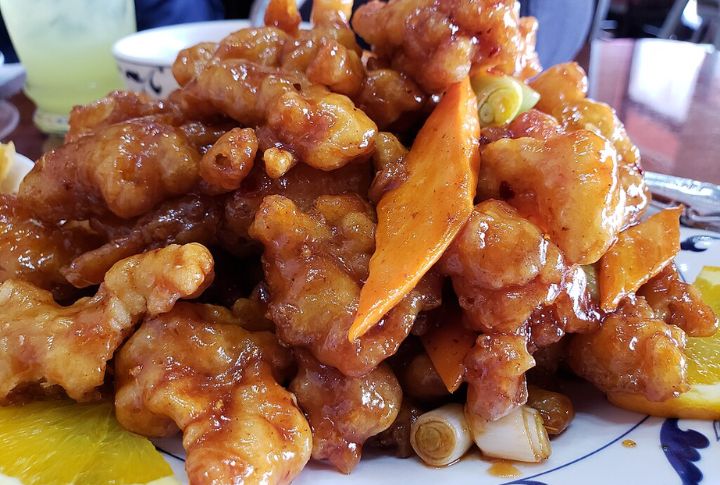
Another sugary creation born in American kitchens, orange chicken was made famous by fast-casual chains like Panda Express. It’s essentially chicken nuggets coated in an orange-flavored glaze that’s more sugar than citrus. Traditional Chinese dishes that incorporate citrus often rely on dried tangerine peel or fresh orange zest to add complexity and bitterness.
Fortune Cookies

Even though they’re served with many Chinese-American meals, fortune cookies aren’t part of traditional Chinese food. They originated in California in the early 20th century, possibly influenced by Japanese rice crackers that contained folded messages. In China, dessert is rarely part of the dining experience, and when it is, it tends to be subtle.
Chop Suey
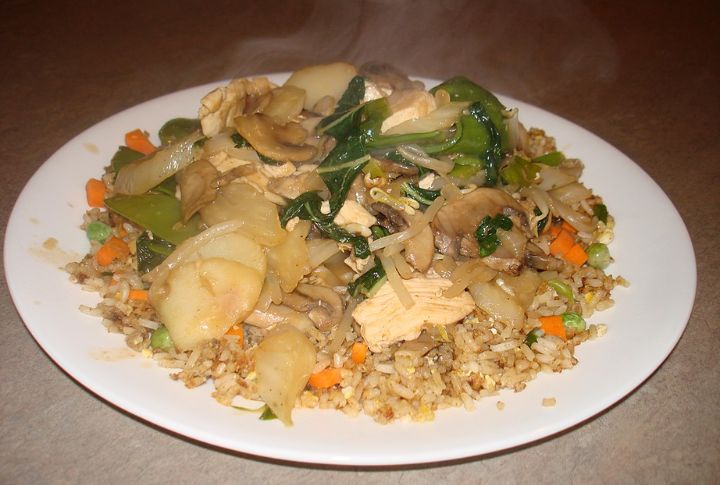
Chop suey is perhaps the most iconic example of Chinese-American fusion, yet it is also one of the most misleading. It was created in the 19th century to cater to Western diners unfamiliar with traditional Chinese cuisine, and its name loosely translates to “assorted pieces.”
Leave a comment